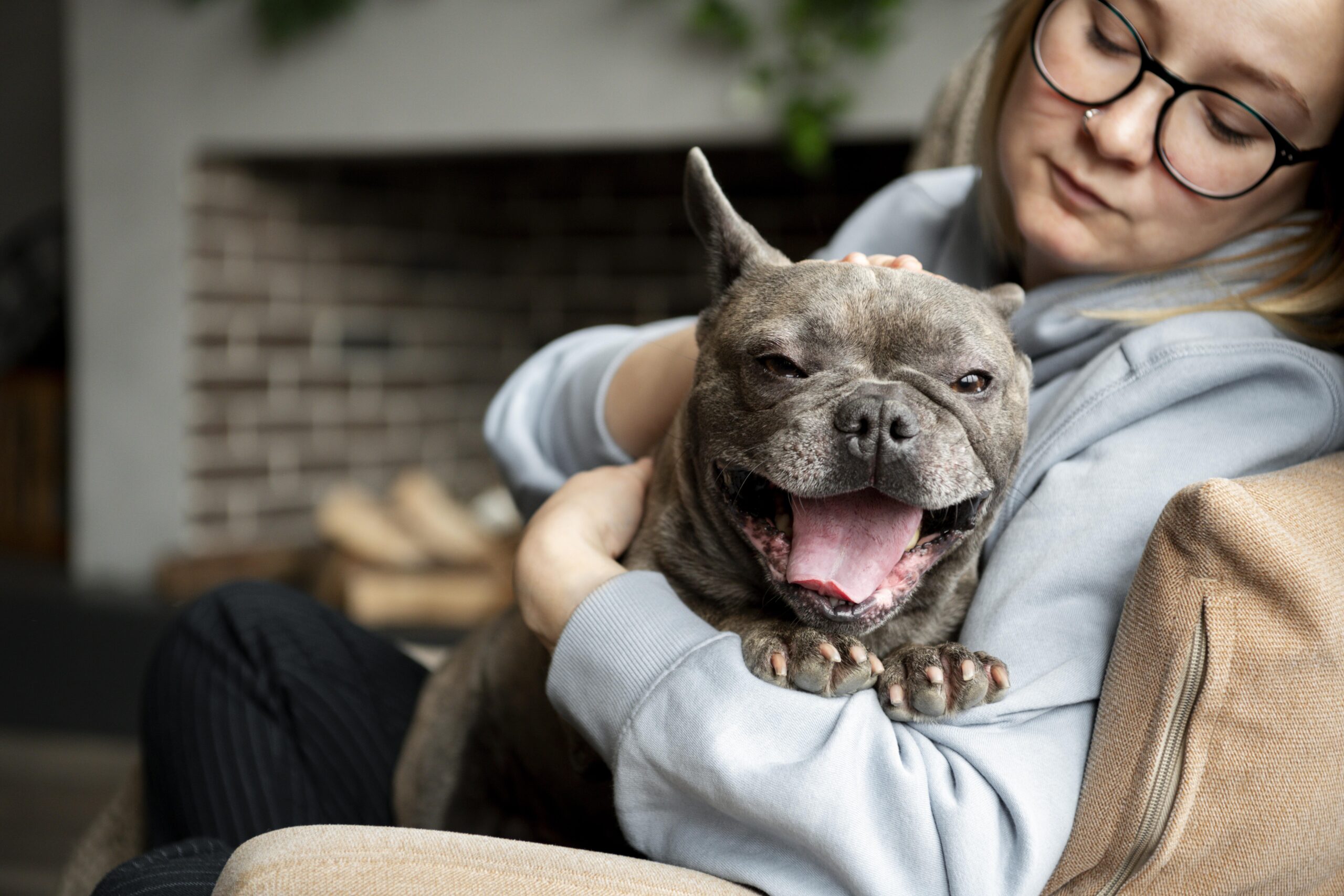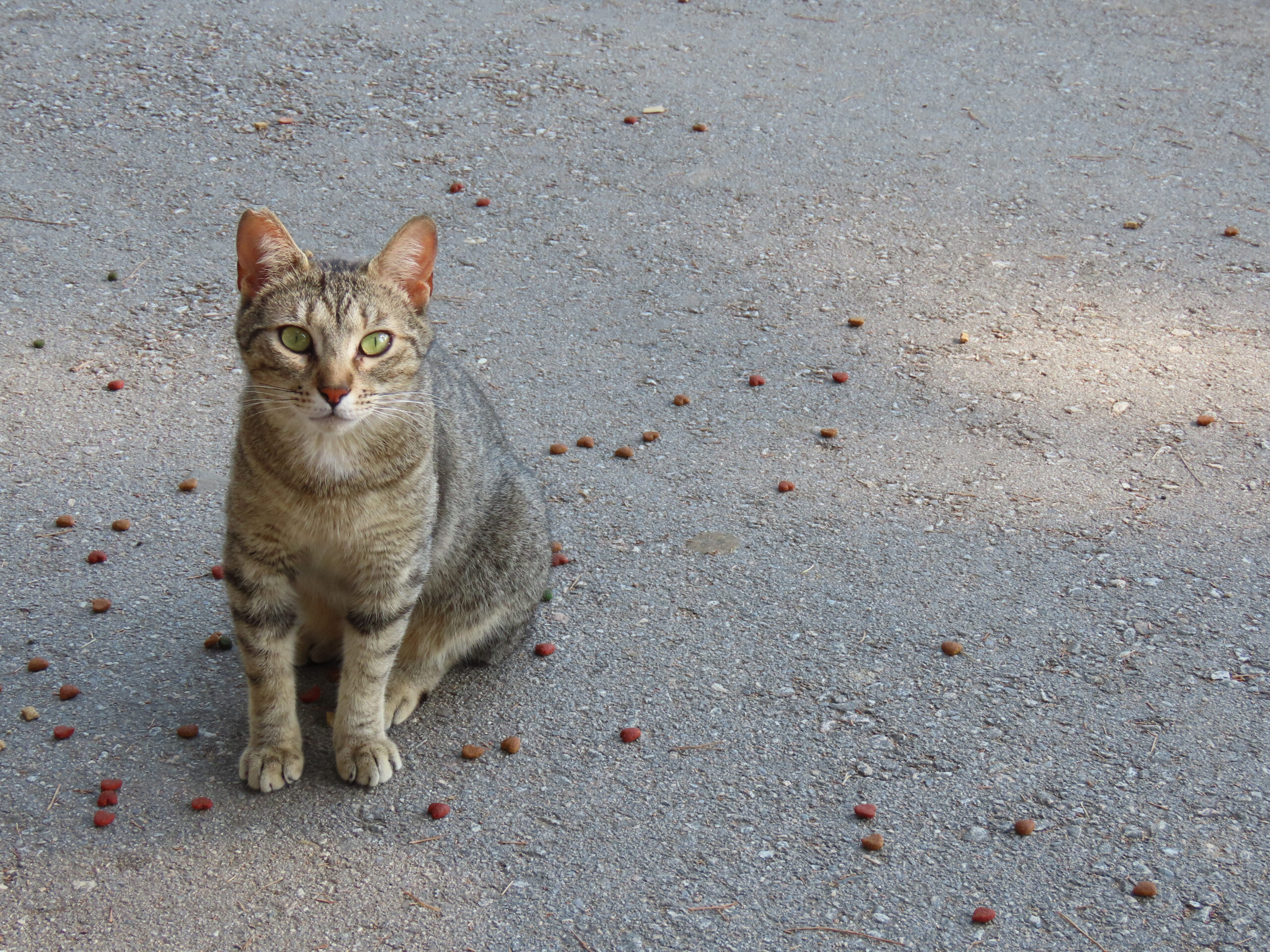Making sure your dog eats a nutritious and balanced diet is the simplest way to keep them healthy, energetic, and cheerful. Like us, dogs need a mix of proteins, good fats, carbs, vitamins, and minerals to really thrive. When you learn what they require and pick quality food, you help their growth, mood, and even behavior, giving them a longer, happier life with you.
Protein
Protein is the building block your dog relies on for growth, energy, and everyday health. Young puppies actually require about double the protein that adult dogs do. Proteins from meat, fish, or eggs are naturally digestible, while plant-only fillers can upset the stomach. So steer clear of kibble that leans heavily on soy or wheat protein, because it rarely meets a pups real needs.
Fats/Oils
Healthy fats, especially omega-3 and omega-6 oils, keep coats shiny, skin clear, and minds sharp. Because dogs can not produce these acids themselves, they must find them in the bowl. Fish oil, flaxseed oil, or a splash of olive oil will do the trick, yet moderation is key; too much fat can lead to weight gain and other problems.
Carbohydrates
Although carbs arent the main fuel for your dog, they carry vitamins, minerals, and fiber that keep digestion on track. Youll find good, wholesome carbs in fruits, veggies, and beans. Plain or whole-grain cereals can help too as long as they deliver plenty of roughage.
Vitamins
Vitamin A, B, C, D, E, and K boost your dogs immune system, strong bones, and many other jobs. Meat, bones, organ meat, and even some sliced apples or carrots pack these nutrients. If kibbles come out of a factory on a long shelf list, toss in fresh goodies or a vet-approved supplement.
Minerals
Minerals fuel metabolism, build bone, and help nerves fire properly. Check labels for higher ash content; that extra powder often means more calcium, phosphorus, and trace elements. Growing puppies rely on these tiny rocks for sturdy joints and teeth.
Water
Always keep clean, cool water within your dogs reach. As a rough guide, most pups drink about one ounce for every pound they carry each day.
Feeding Guidelines
Feed your dog about 2 to 3 percent of their weight per day, split into two or three meals. Actual needs depend on breed, age, size, and how much they move, so chatting with your vet helps. You can serve high-quality kibble, raw food, or lightly cooked meals. If you stick to kibble, toss in bits of fresh fruit, veggies, or an unwashed raw egg for a boost. Cold-pressed or freeze-dried kibbles hold more nutrients than the baked kind, so they are worth a look.
Tips for Better Dog Nutrition
- Choose Organic Ingredients: Organic produce and grass-fed meats cut down on pesticides that stress a dogs body.
- Understand Food Sources: Grain-free labels can still mean grain-fed meat, so read closely if allergies are a concern.
- Nutrition Affects Behavior: Solid meals calm hyper pups and ease anxiety, while junk food can stir up extra drama.
- Variety is Key: Rotating proteins and toppings keeps your dog excited and covers more ground in vitamins and minerals.
- Select Natural Treats: Simple snacks like chicken, carrots, apples, or freeze-dried bites spare your dog the empty calories in heavy-duty chews
For more guidance, see our detailed list of Healthy Dog Treats What to Give and What to Avoid
Final Thoughts
Putting good Food in your Dogs bowl does more than fill them up; it lays the groundwork for a long, happy life. When you learn what they really need and pick quality kibble or tasty treats, you help their body thrive and grow closer to each other. Dont forget to touch base with your vet so their advice can guide every meal. A nutritious and balanced diet is important to keep them healthy and live as much as possible with us.
EXTRA:
Pawrpose AI is rethinking pet care smarter, kinder, and more connected. No more guesswork about your Pet’s Health, at any age.
Read more here: Pawrpose AI












